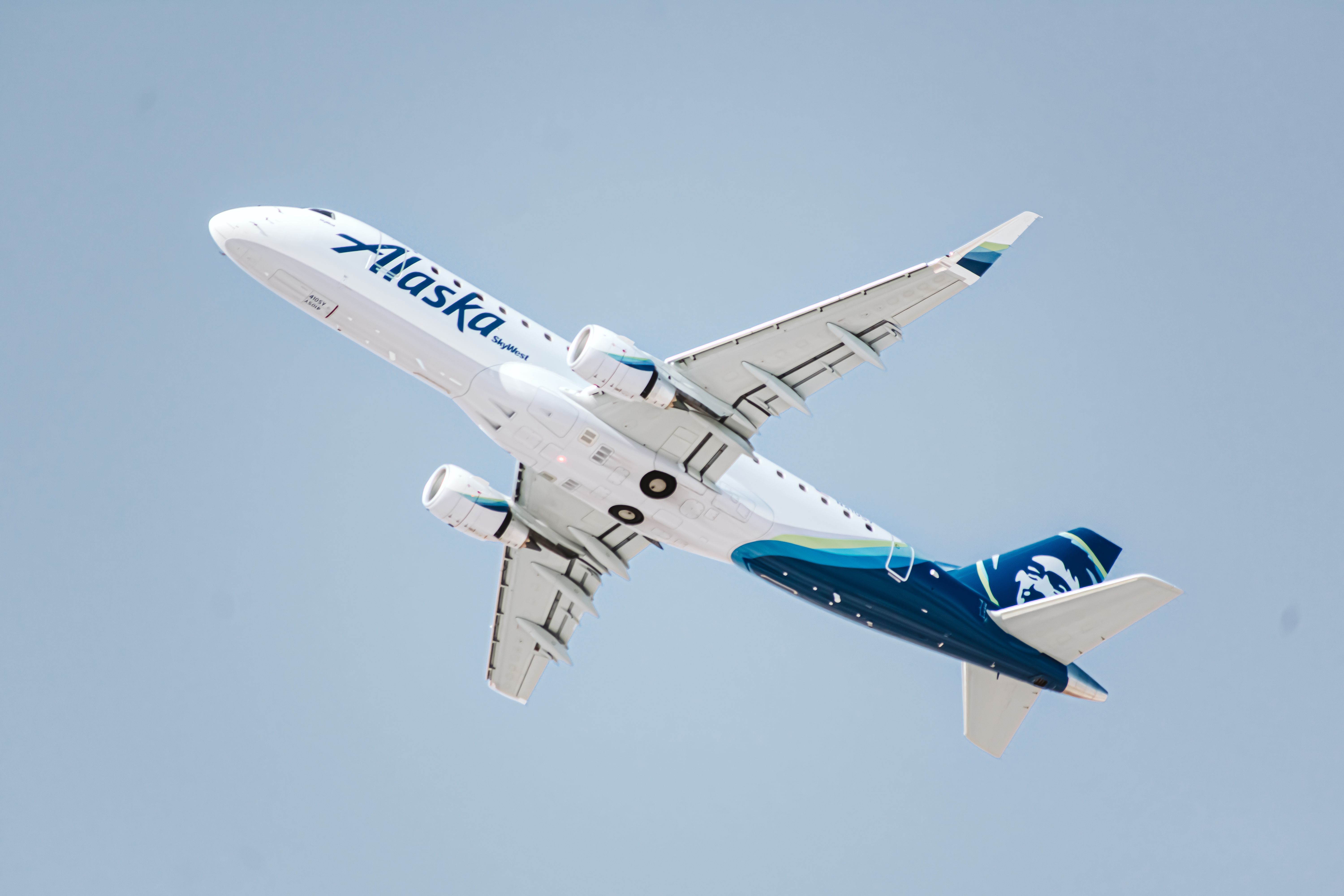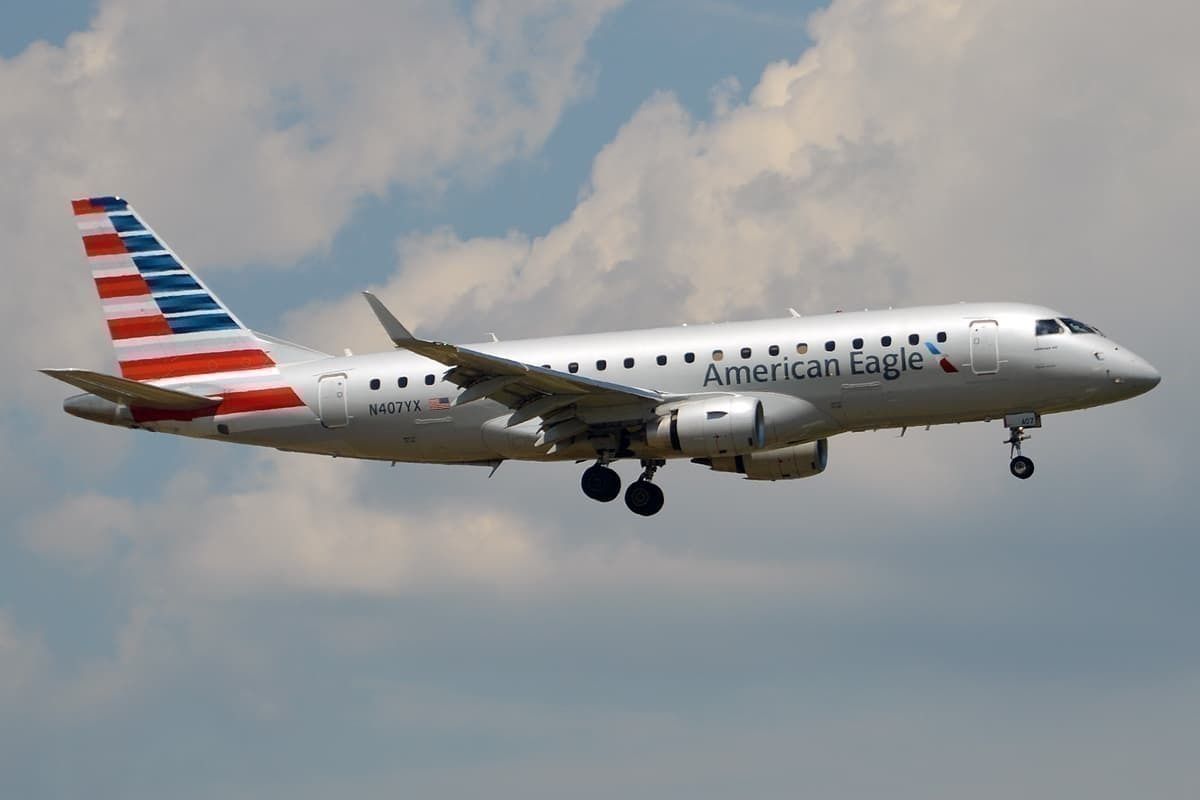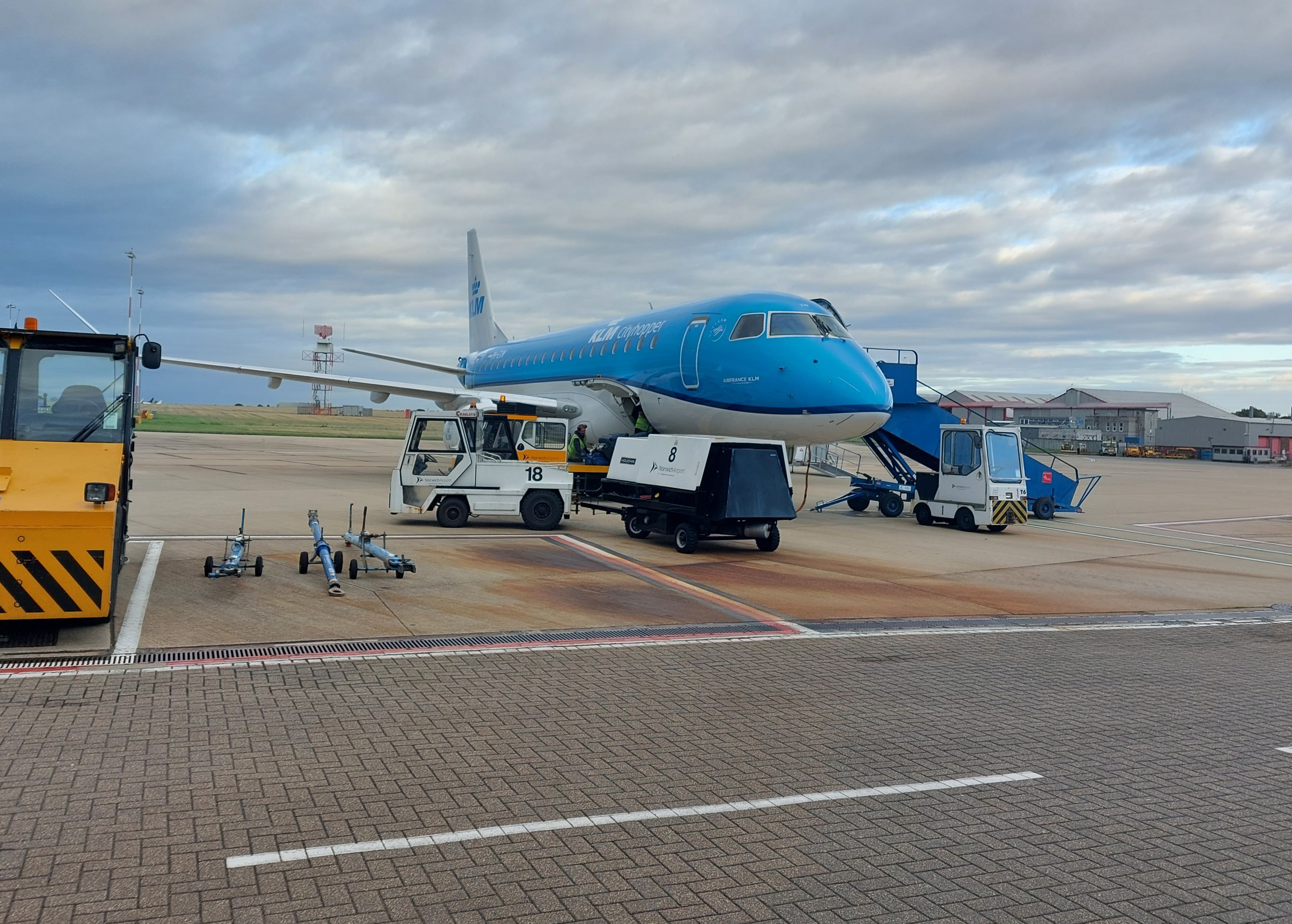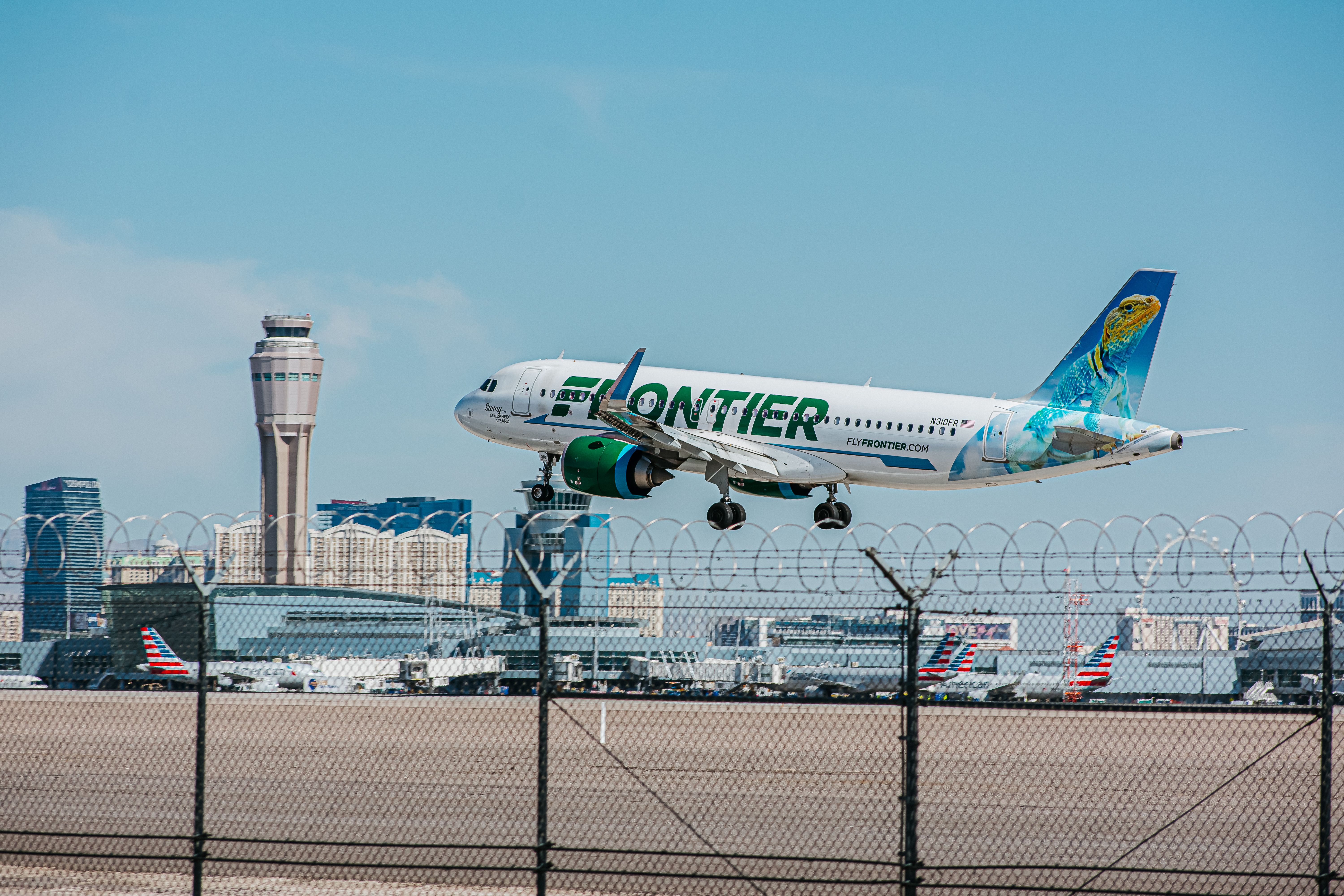The United States federal government created the Essential Air Services Program to ensure that almost 100 cities receive air service. Airlines are incentivized to operate in these cities but cut routes in others.
Get the latest aviation news straight to your inbox: Sign up for our newsletters today.
Decrease in regional services
Though air travel has rebounded significantly for many airlines and destinations, others continue to struggle. Of the 430 airports in the continental United States that offer commercial passenger service today and before the pandemic, 76% had fewer flights in 2022 than in 2019. Smaller airports were hit the hardest.
American Airlines currently has 100 regional jets out of service due to a pilot shortage and has cut services to 15 cities, including Ithaca and Islip's MacArthur Airport in New York, Toledo, Ohio, and Dubuque, Iowa. United Airlines has also cut its regional network, primarily in Virginia and West Virginia. In May 2020, Delta Air Lines left numerous airports and had not returned to ten of them.
Cutting regional services makes air travel extremely difficult for passengers who live in smaller cities. Prices can rise significantly when services decrease, flights are scheduled for odd hours, connection times can be increased, and in the event of cancelations, passengers have to drive hours to the nearest major airport to fly.
Missoula, Montana, a popular leisure destination, has lost almost 20% of its commercial passenger services. The reduction has left residents frustrated and in doubt about the longevity of certain services. Prices have risen significantly from Missoula.
Choosing the most profitable routes
Brett Catlin, Vice President of Network and Alliances at Alaska Airlines, highlighted that though domestic air travel demand has rebounded strongly, the rebound has been disproportionate regarding routes. Regional flight demand has not increased as much as “regular” mainline flights. Numerous factors make flying a regional jet between cities less cost-effective.
The most widely used aircraft on regional routes in the United States is Embraer’s E175, which is not considered a regional jet by the manufacturer.
The 175s seat an average of 76 passengers but use about 30% more fuel than a mainline jet like a Boeing 737 or Airbus A320 during a 500-mile flight.
For this reason, airlines choose to maintain their most profitable routes.
“Why fly a 50-seat plane into a small town when you can deploy those same resources such as pilots, flight attendants, and ground crew for a plane that carries three times more passengers and earns more revenue?” – Jim Hetzel, Director of Product Marketing, Cirium
Dubuque, Iowa, has significantly suffered from American Airlines cutting its operations to Chicago. For the past two years, flights and times to Chicago varied, but American Airlines cut the flights on September 7. Airport authorities are working hard to restore commercial service at the airport. A few weeks ago, recent startup airline Avelo Airlines announced twice-weekly service between Dubuque and Orlando. The new route will begin in February 2023.




